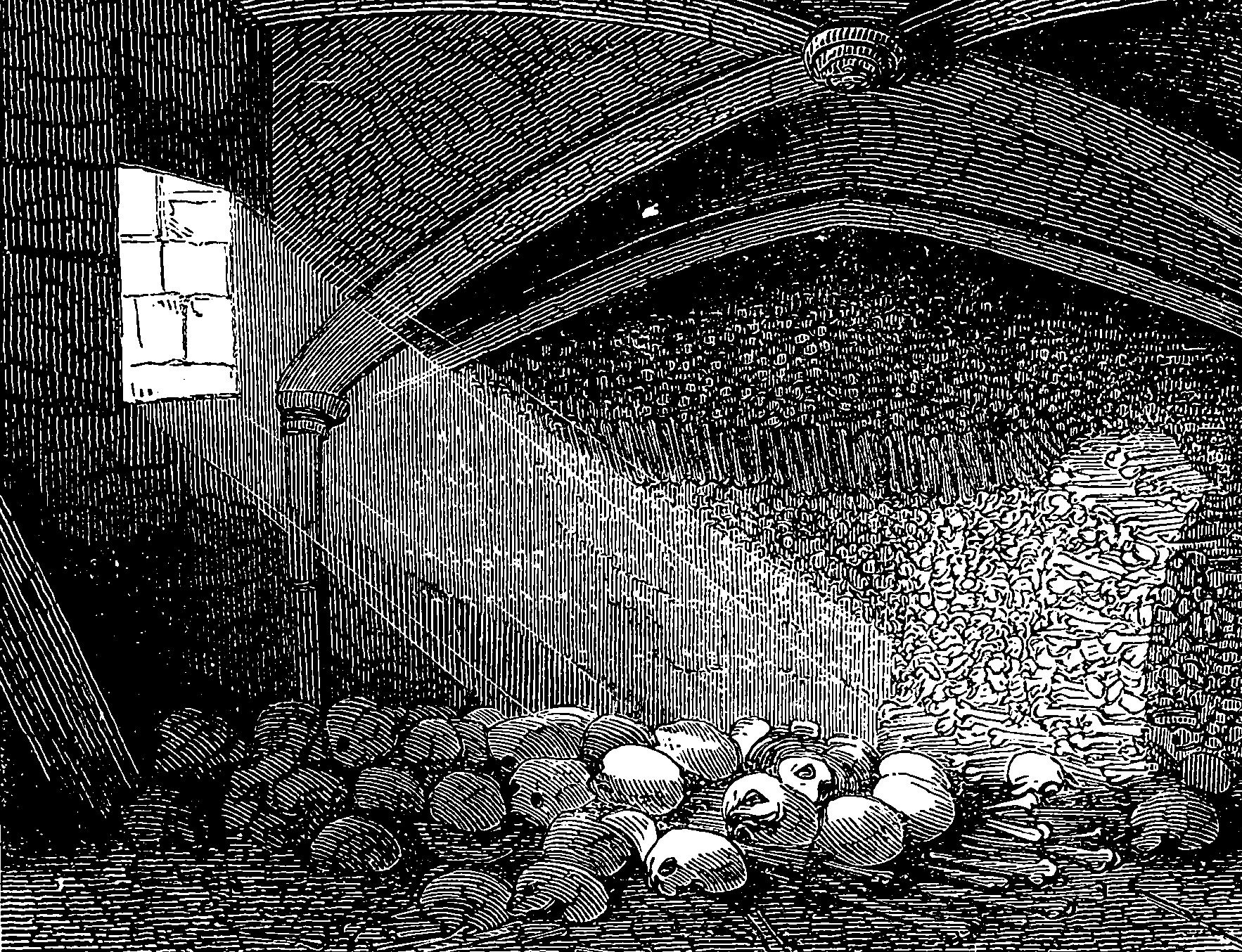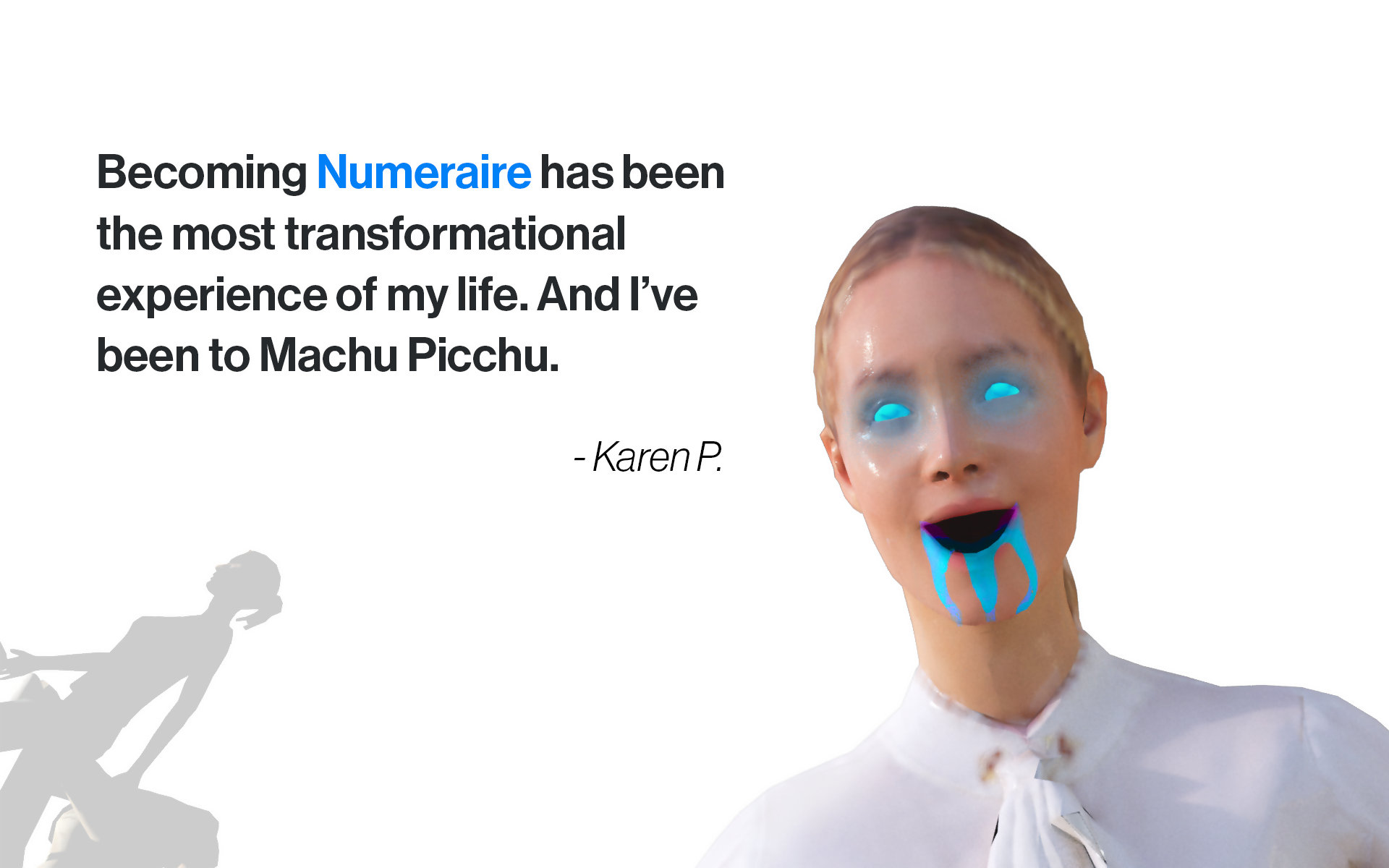Cryptographic tokens, distributed ledgers, and blockchain-like-things
When all you have is a hasher…
October 14, 2016 — March 4, 2024
Suspiciously similar content
Blockchains. Distributed ledger protocols. Bitcoin, bitmessage, and the paranoiac-and-yet-hyperoptimistic world of digital cryptocurrency.
A placeholder for where I would write notes on distributed proof-of-work/proof-of-stake/proof-of-etc consensus protocols if I had any thoughts on such creatures, although I do not in actuality have anything independent to add, nor any deep insights.
If I had thoughts on this, I would like the thoughts to be upon designs for distributed proof-of-veracity protocols, which would be used by news media to verify witnesses and the reality of the facts in their stories, which seems timely in the age of fake news, alternative facts, and easy simulation of fake news. I wonder if a blockchain market mechanism could facilitate this. 🤷♂
There is some fun reading, and a whole reporting industry on alternately beating the drum for and against blockchain technology. e.g.
- Jesse Frederik, Blockchain, the amazing solution for almost nothing
If you actually want to use blockchains for their current dominant boring-but-useful purpose, transferring money, see cryptocurrencies.
There are various uses that are not purely financial, in that the incentives are designed to accomplish something more sophisticated than tracking ownership of virtual coins.
Bitcoin as art is a thing. See Rob Myers on Blockchain Geometries. Blockchain trolling: zhuowei/nft_ptr: C++ std::unique_ptr that represents each object as an NFT on the Ethereum blockchain
If you want to use blockchains for (partially) offline internet access for some reason, that is also a thing; see Zeronet, which uses blockchains to implement a certain kind of sneakernet.
Other interesting uses: augur, an online betting exchange.
Or constructing direct provenance-tracking farmer-to-latte-sipper gourmet ethical coffee markets.
Or: distributed energy markets:
[…] Morris points to at least two potentially significant outcomes. One involves fairly routine accounting by addressing daily issues around utility billing. Blockchain better enables utilities to use individual smart meters and virtual IDs to create a secure and verifiable billing system that can deftly handle dynamic price signals as electric demand changes throughout the day.
A perhaps more interesting idea, Morris says, envisions blockchain as better enabling peer-to-peer energy trading. Individual devices would bid into energy markets and either consume energy or release energy depending on market signals.
Given how much energy bitcoins waste, there is something pleasingly perverse in this idea. Although why blockchains, at least in the classic global ledger sense, might be best positioned to solve the problem, that is mysterious to me, until I get around to reading the paper.
Or: Arbitrary distributed apps heralded by initiatives like Blockstack.
Or: Distributed browser ad markets?
Or: Web3?
1 Useful background
Blockchains push out the Pareto frontier of online interaction, in a certain sense. The most obvious axes on this frontier are called the blockchain trilemma?:
- security
- decentralisaiton
- scalability
2 Interesting mechanisms
2.1 Dentacoin case study
Dentacoin was an interesting one, really showing off the highs and lows of this system. On one hand, the name sounds like a parody of blockchain boosterism. On the other hand, I think they have an actual powerful argument that this tool incentivises dental care correctly (the dentist is incentivised to provide the cheapest overall lifetime dental bill). On the third hand, they went bust and their domain got squatted by Russian crypto boosters.
What a wild ride.
CRYPTOSIAST: Interview with Jeremias Grenzebach, Co-Founder of Dentacoin | by StealthEX.io.
3 Carbon footprint
https://memoakten.medium.com/the-unreasonable-ecological-cost-of-cryptoart-2221d3eb2053
4 Interesting tokens
Here are some distributed tokens whose design claims especially interesting features:
4.1 Coda
The Coda protocol, blogged because it has an elegant cryptographic, zero knowledge proof setup, and there is some functional programming structure called snarky built atop it. It looks nice, but I don’t actually have time to digest it. One can build such cute things with it as verifiable elections. They keep a reading list.
The underlying technology relates in some way to Zcash it seems?
4.2 Zcash
Not sure, except that it seems you have to know about this because it is cited by other currencies as an example. zk-SNARKS look interesting.
4.3 Pegnet
pegnet is a grassroots crypto trading network that seems to be propagating via meetups. This gives it the unfortunate dynamics of a Multi-Level-Marketing scam, although in a sense, cryptocurrencies are absolutely about harnessing MLM-type dynamics.
4.4 Randomized bitcoins
An obvious idea (to a statistician, in hindsight) that I am sure must be common, but I have only seen one example of: Instead of majority consensus, take randomized polls of the network to statistically determine majority. The result is randomized consensus-less bitcoin (Guerraoui et al. 2019).
4.5 Blockstack
Blockstack and the affiliated token Stacks is another cryptocurrency that claims to target distributed applications. AFAICT the central concept is allocating identity and ownership of data via blockchain. I’m not sure where actual computation sits in this. The data is still stored in a normal cloud provider via some blockchain-facing protocol called gaia. An arbitrary example app is Trove a bookmarking app for the browser.
4.6 Numerai
Numerai is cute. It was aiming to be a hedge fund built on crypto tokens. See the intro wherein the USP was that it leverages cooperation models in its mechanism design to create a hedge fund that will grow to take over the world. (You cannot beat us, so join us, the future masters of the universe.) They seem to have de-emphasised that angle recently pivoted pivot to some other confusing model that they have trouble articulating at elevator-pitch length.
Their branding ambiguously straddles irony and blithe self-parody, which is very much the bitcoin aesthetic. So I guess that counts in their favour?
5 NFTs
See cryptocurrency.

